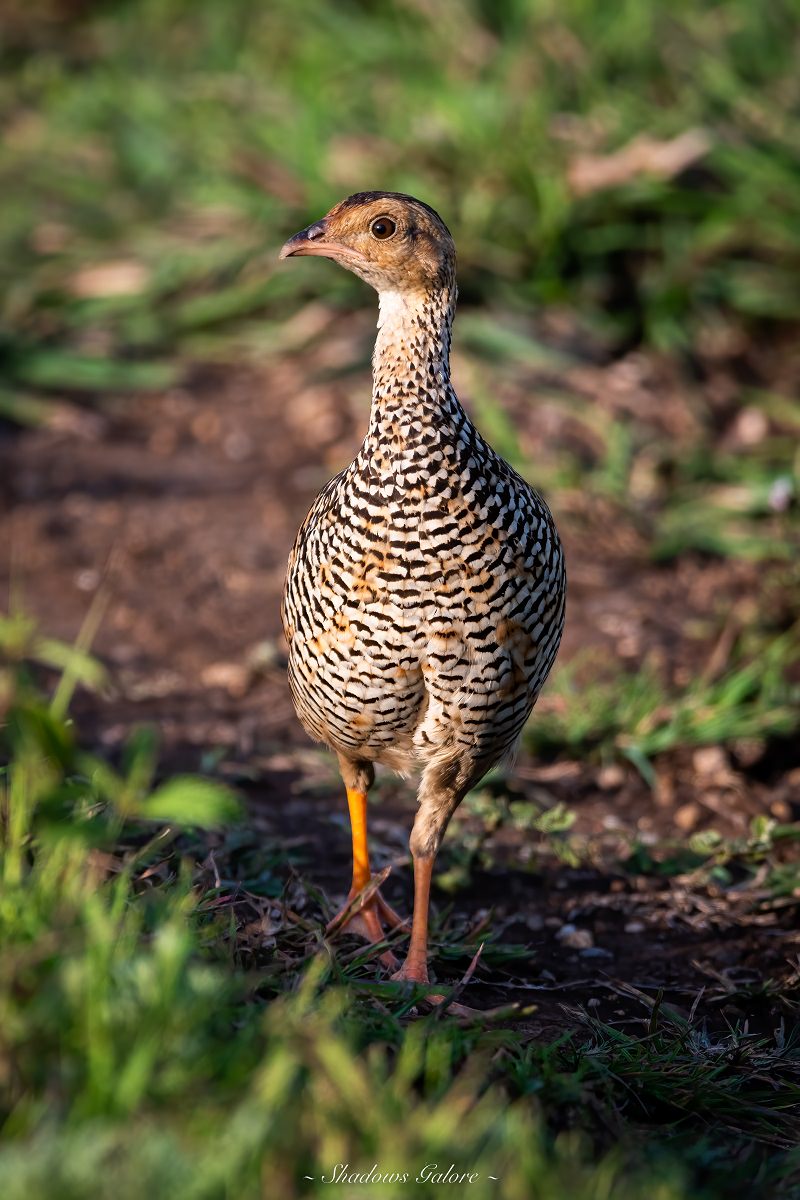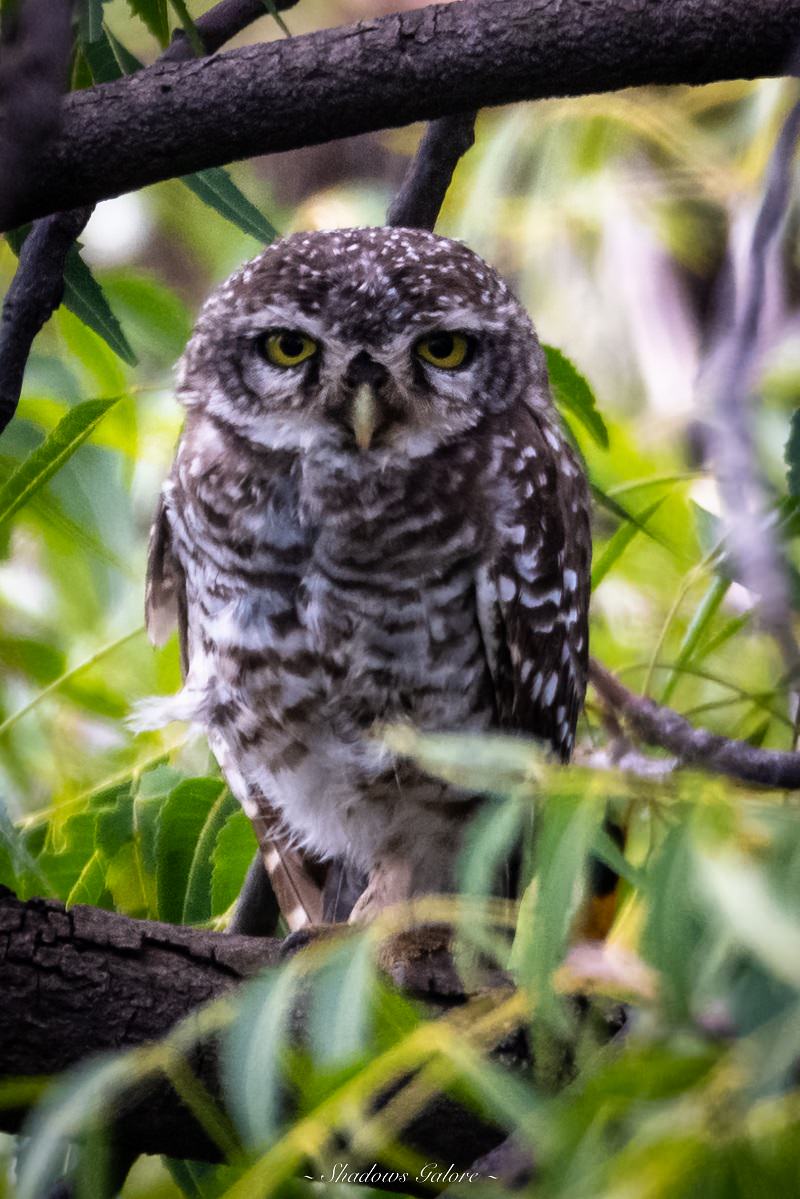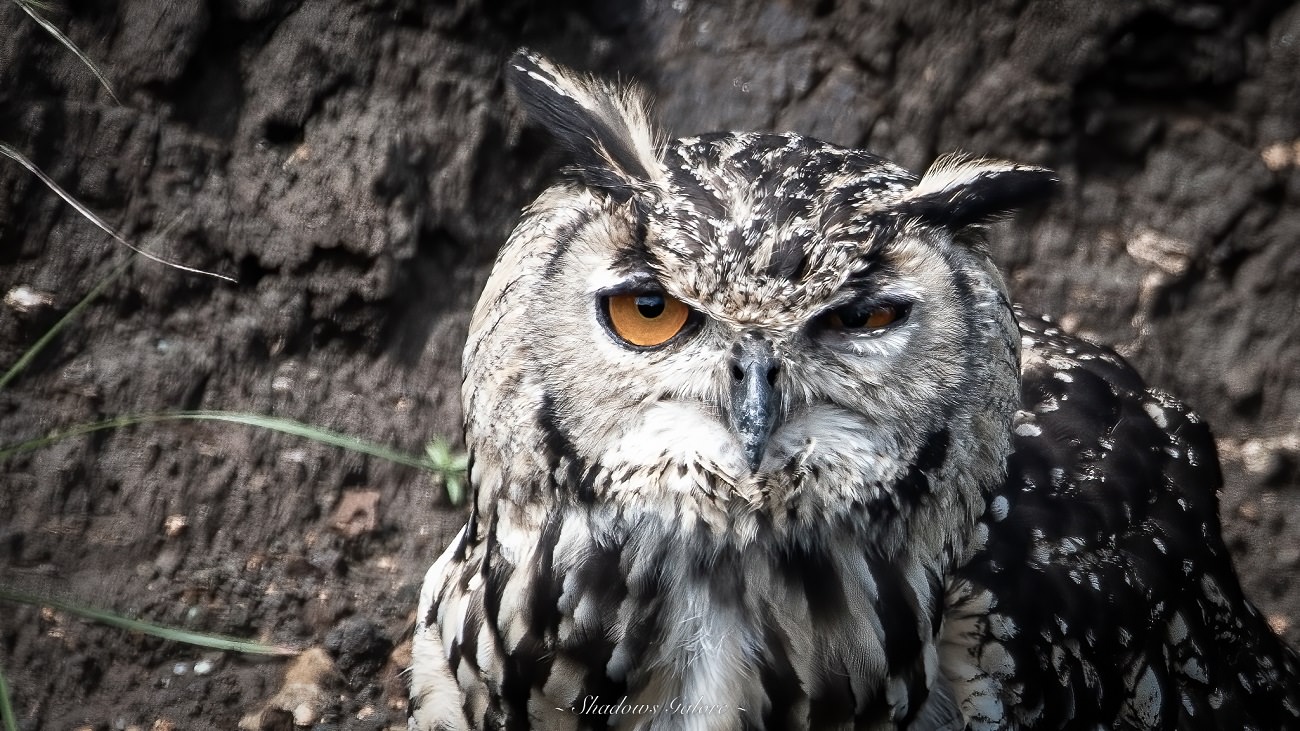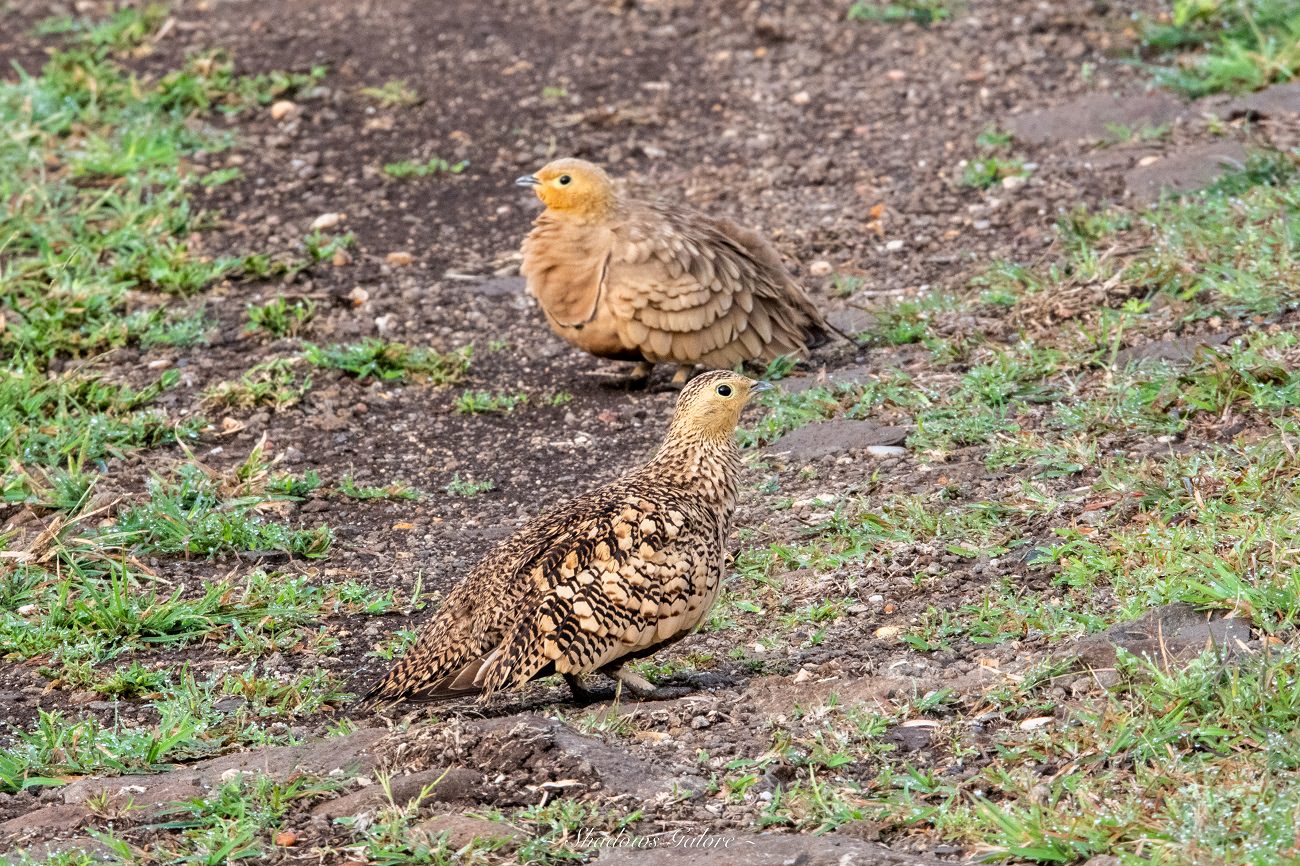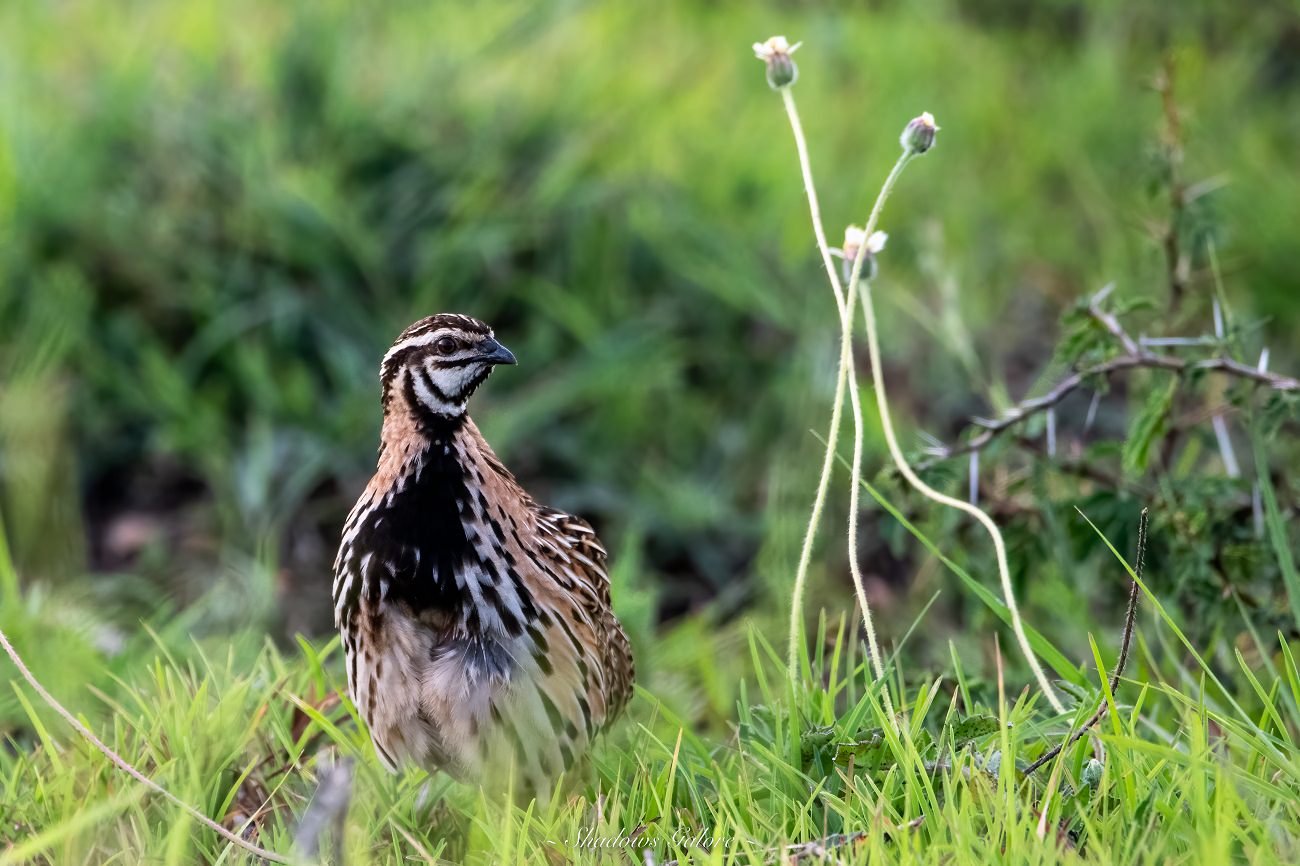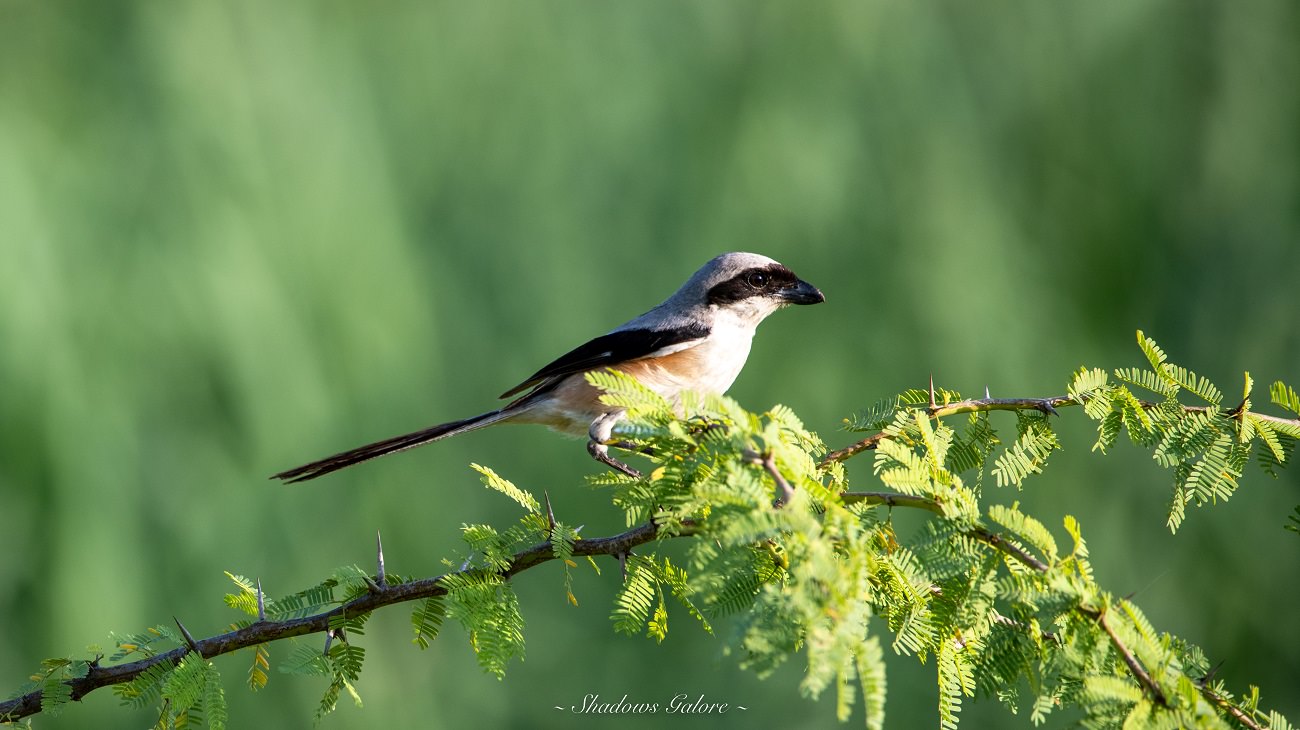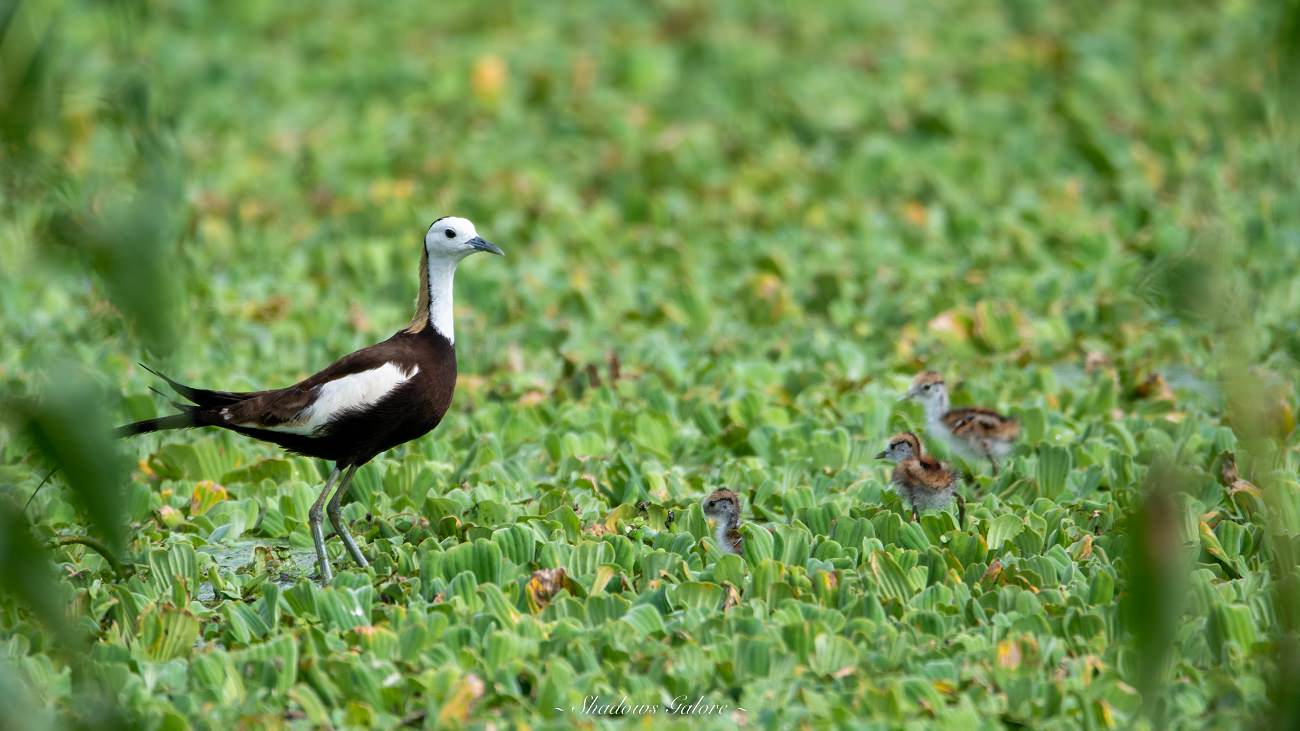Our trip to Bhigwan this time was mostly about the Indian Gray Wolves. However, while we were still waiting for them, we were blessed with a good sighting of birds of all kinds. Not the water birds because we were away from the lake but the ones on the trees, in the bushes, and at the farms.
Here is a small photo essay about some of the birds that saw on this trip.
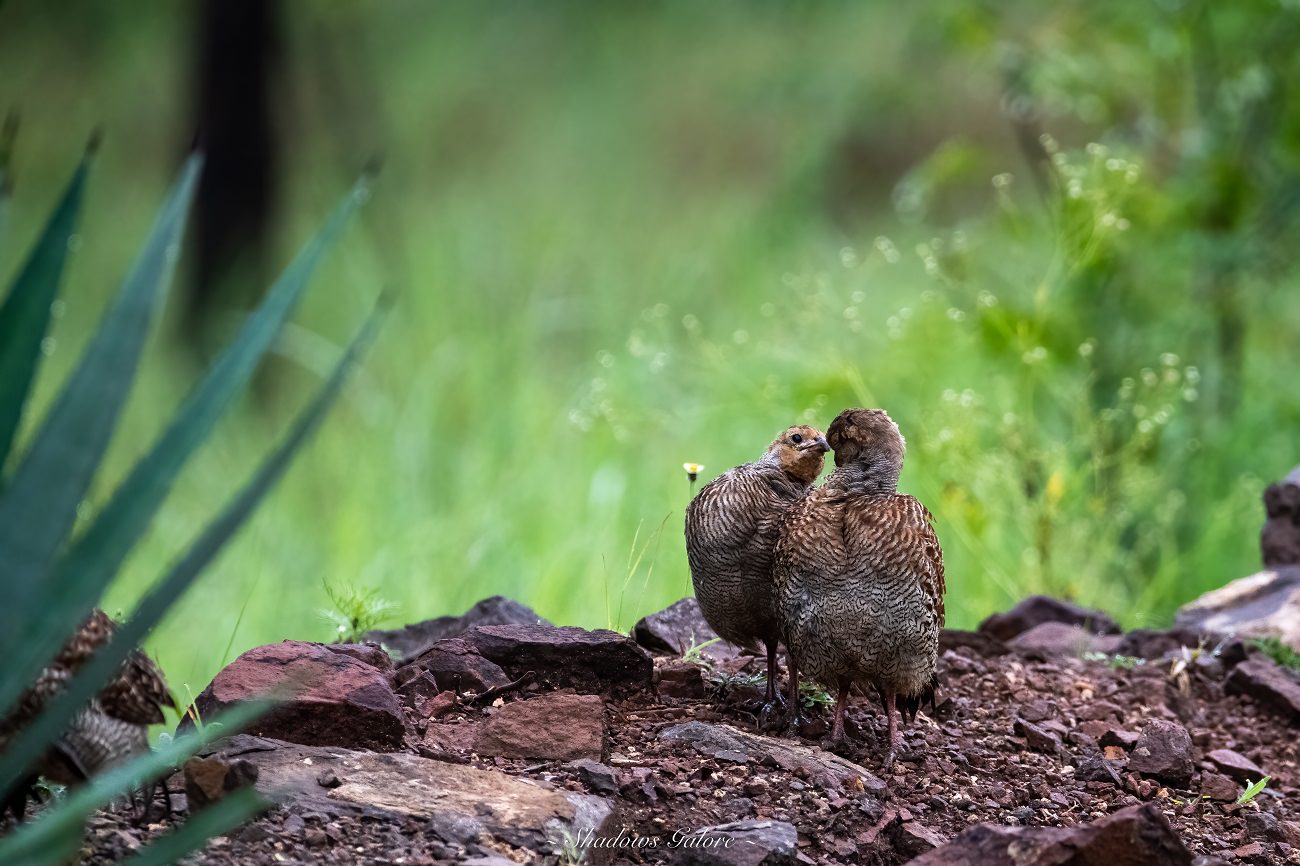
Grey Francolin
The Grey Francolins (Hindi: Ram Teetar) can be very noisy. These small game birds inhabit open grasslands and fields in the Indian subcontinent, to which they are a native. Incidentally, they are also found in Hawaii islands, heavens know how did they reach that far.
Painted Francolin
A Painted-Francolin taking an early morning walk in the grass.
Painted-Francolin is endemic to India and Sri Lanka, though sighted less commonly these days. They are difficult to distinguish from the Black-Francolin.
The Francolins are increasingly vocal during the monsoons, especially in the mornings. The nests are built on the ground, usually 6-7 eggs at a time. The diet consists of seeds, cereals and insects.
Jungle Owlet
A curious looking Jungle Owlet sizing us and wondering what the purpose of our visit may be.
Owlets are small uncrested owls with a greyish-brown body with white spots. They are distinguished by their eyebrows and the band around the neck. They are widely found across the Indian subcontinent and can be found near human habitation. They feed on insects, small rodents, and other dietary variations. The nests are usually made in the hollow of trees.
Indian Eagle Owl
“Do ya’ feel lucky, punk?”
Sorry! Could not help but think of Clint Eastwood when this fella gave me that mean look.
Of course, I felt lucky. It is not every day that you come across a gorgeous Indian Eagle Owl. They prefer to live in rocky areas and can be difficult to sight often. The Eagle Owl is a ferocious predator and thrives on rodents, other birds, and even small mammals. Their deep haunting calls have given rise to ominous superstitions, none of which are true.
Chestnut Bellied Sandgrouse
A pair of Chestnut Bellied Sandgrouse walked in front of us for a long time before finally vanishing in the bushes.
The Chestnut Bellied Sandgrouse are sedentary and nomadic birds found, dove-like in appearance, and with a pointed tail. The males have a solid chestnut-colored belly while the females are sandy brown with black bars on the back. They are usually found in grasslands and semi-arid plains.
Rain Quail
A Rain Quail checking the area.
The Rain Quail (Coturnix coromandelica) is a species of quail found in the Indian Subcontinent. It is a small, streaky bird most often noticed when in flight. The males have a black and white pattern on the face and a triangular black patch on the chest. The females are more like common quails.
Rain quails inhabit grassy-open areas such as farms, grasslands, and pastures. They tend to move to higher elevations after the breeding season.
Bay Backed Shrike
A Bay Backed Shrike perched on a thorny branch of a shrub against a beautifully plain background.
These shrikes are smallish birds, maroon-brown above, a pale rump, and with a long black tail. They are notable for their typical bandit band around the eyes.
The Baybacked Shrikes sit in an upright position on branches from where they launch attacks on reptiles, rodents, insects, and small birds. The victims are often killed by being impaled on the thorns of the bush.
Pheasant-Tailed Jacana
The Pheasant Tailed Jacana was perhaps our most prized catch, right at the very end of the trip. A pond not very far from the town, was a pair of Jacana with young chicks.
The Pheasant Tailed Jacanas are pretty waders found in shallow lakes with extensive floating vegetation. They have elongated toes and nails that enable them to walk on vegetation. The jacana is a resident breeder in India and SE Asia and has been known to migrate in certain areas. Their major diet consists of insects, molluscs and other invertebrates found in floating vegetation.

